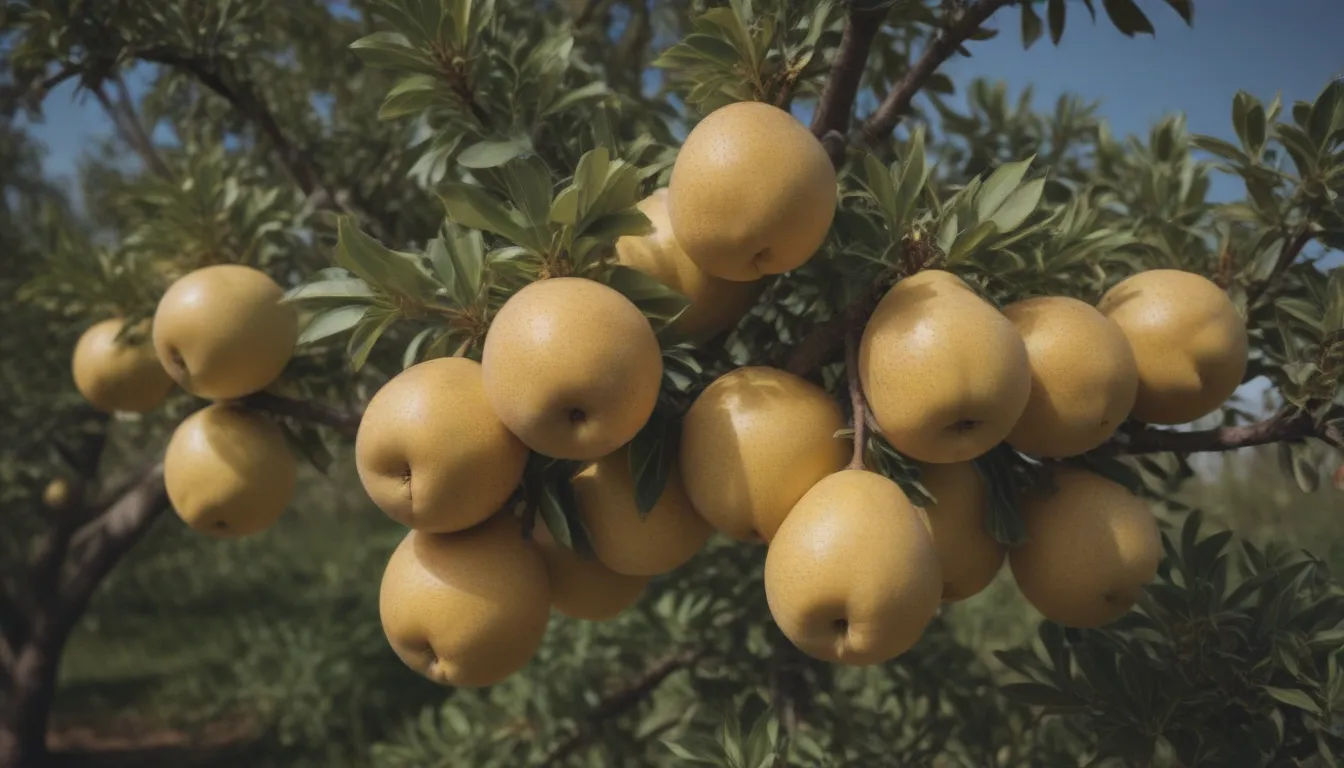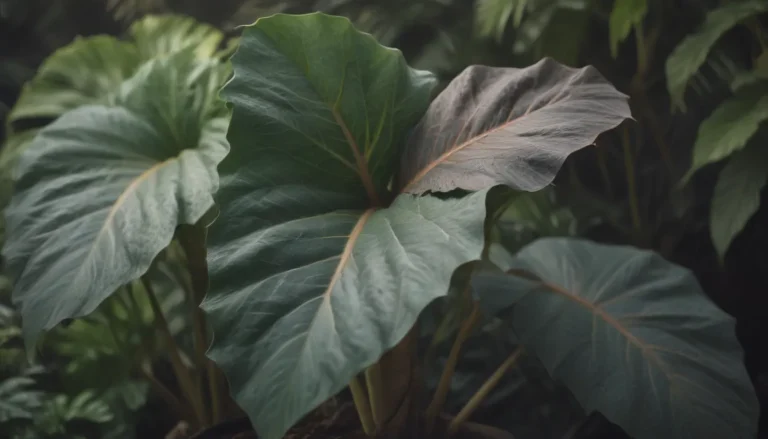The Ultimate Guide to Growing and Caring for Asian Pear Trees

If you’ve ever wanted to enjoy the unique taste and texture of Asian pears right from your backyard, you’re in luck! The Asian pear tree, also known as Pyrus pyrifolia, is a fantastic addition to any garden. These delicious fruits, sometimes called “papples” due to their combination of pear juiciness and apple crunchiness, are not only easy to care for but also offer a bountiful harvest each season.
Introduction to Asian Pear Trees
Asian pear trees belong to the Rosaceae family, alongside plums and peaches. Despite being introduced to the United States in the early 1800s, Asian pears have been gaining popularity due to their sweet and crisp flavor profile. These trees are known for their pest-resistant nature, quick growth rate, and long-lasting fruits that can be stored in the refrigerator for up to five months. With proper care, Asian pear trees can start producing fruits in just two to three years.
Asian pear trees produce round, copper-colored fruits that are a few inches in size. These fruits are not only delicious when eaten raw but also versatile for cooking purposes. The tree itself boasts dense green foliage that turns a vibrant red or burgundy color in the fall. Showy cup-shaped flowers adorn the tree in the spring, making it a beautiful addition to any landscape.
Planting Asian Pear Trees
Before you get started with planting your Asian pear tree, here are some essential steps and tips to keep in mind:
Preparing for Planting
- Soak the tree’s roots in water for about an hour before planting.
- Remove any damaged roots from the root ball and gently loosen the roots.
Selecting a Planting Site
- Choose a well-draining site that is moderately rich in soil.
- Ensure the pH of the soil is between 6.3 to 6.8.
- Plant the tree in an area that receives at least 8 hours of direct sunlight during early summer.
- Avoid planting in areas prone to late spring frosts.
Planting Process
- Dig a hole twice as deep and wide as the root ball.
- Mix compost into the soil to provide nutrients.
- Place the tree in the hole at the same level as in the original pot.
- Backfill the hole, gently tamp the soil, and water thoroughly.
- Stake the tree for support and apply a layer of mulch for insulation.
Caring for Asian Pear Trees
Proper care is essential for the health and productivity of your Asian pear tree. Here are some tips to ensure your tree thrives:
Light and Soil Requirements
- Plant your tree in an area that receives at least six hours of direct sunlight daily.
- Asian pear trees prefer rich soil with good drainage and a slightly acidic to neutral pH.
Watering and Fertilizing
- Keep the soil lightly moist, but not soggy.
- Water deeply after planting and adjust watering based on weather conditions.
- Fertilize the tree with a balanced fertilizer one month after planting.
Pruning and Thinning
- Prune your tree during the winter to maintain a good shape.
- Thin out fruits to ensure quality over quantity and prevent overbearing.
Harvesting and Propagation
- Expect your first harvest in the second or third year of growth.
- Propagate Asian pear trees through grafting or seed planting.
Common Pests and Diseases
Asian pear trees are generally low-maintenance but can still be susceptible to pests and diseases. Keep an eye out for aphids, caterpillars, and fungal infections like pear rust. Protect your fruits with nets and practice proper tree care to prevent issues.
Conclusion: Enjoying the Fruits of Your Labor
Growing and caring for an Asian pear tree can be a rewarding experience. By following the tips and guidelines provided in this article, you can create a thriving orchard in your backyard that produces delicious fruits for years to come. So go ahead, plant that Asian pear tree, and enjoy the fruits of your labor!





